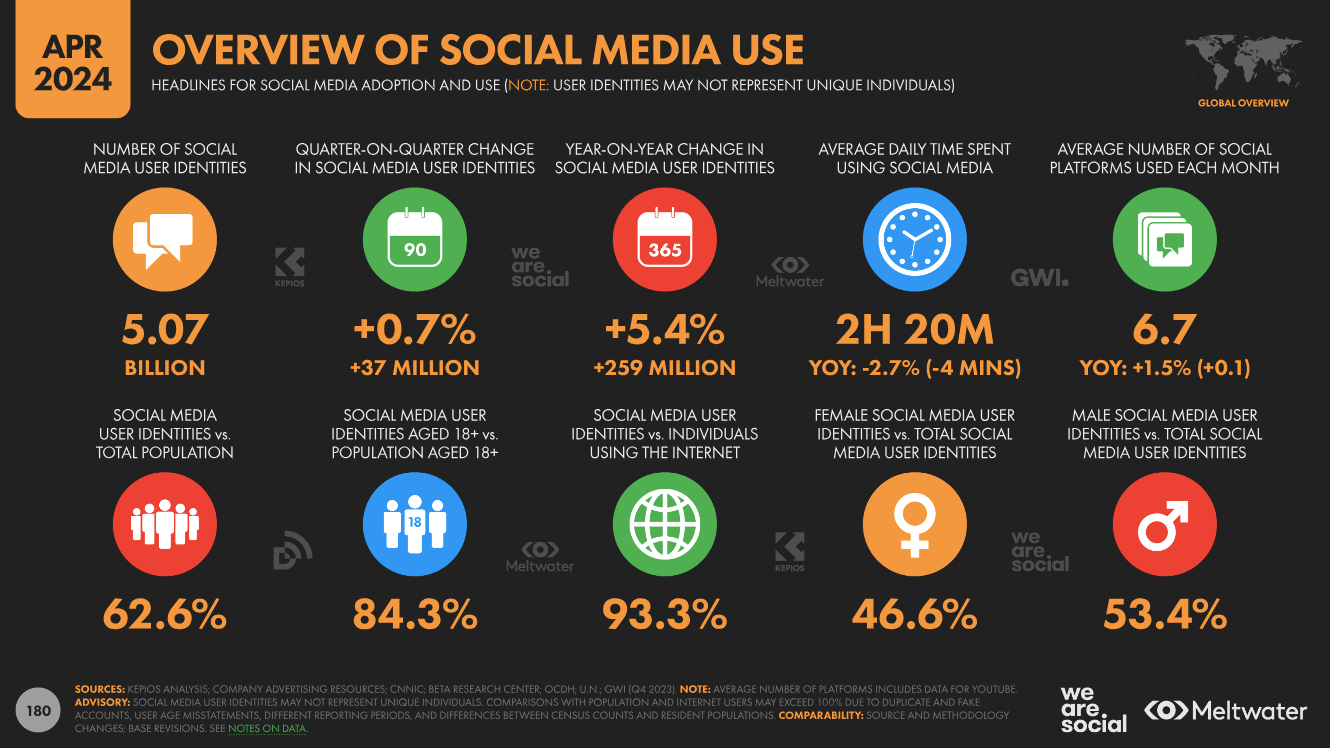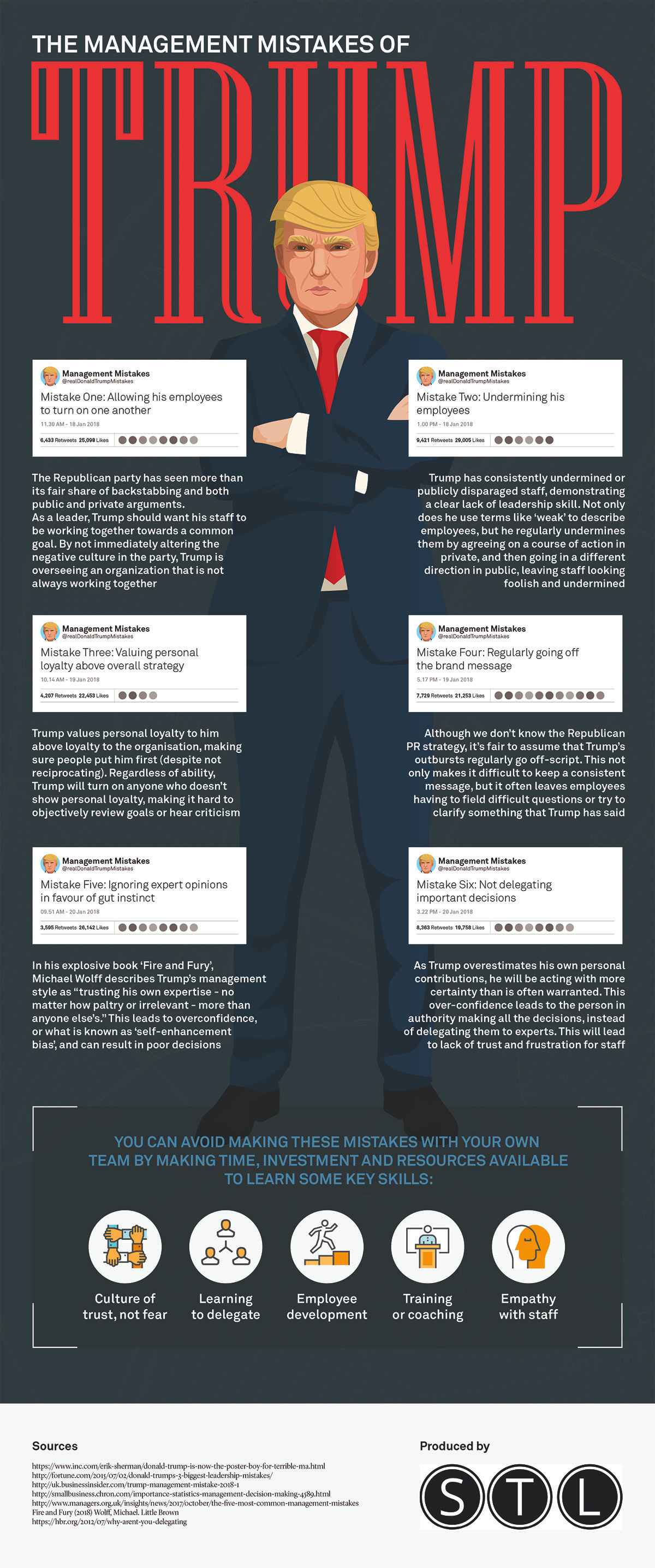Social Media in 2024: The Hidden Connection to SEO

Hey, did you know that over 62% of the world’s population—5.07 billion people—now has a social media identity? Let’s pause for a second. That’s not just a statistic. That’s more people than the entire global population in 1950. And here’s where it gets interesting: these aren’t necessarily unique individuals. Social media “identities” could include duplicate accounts, abandoned profiles, and even bots.
So, why does this matter? Because in the world of SEO—search engine optimization—understanding how people use social media isn’t just useful, it’s essential. Let’s explore how these numbers can help us uncover patterns in human behavior and how we, as content creators, can use this data to optimize not just for search engines, but for the way real people engage with the internet.
5.07 Billion Social Media Identities: What Does That Really Mean?
Imagine standing in a crowd of five billion people. The sheer magnitude is overwhelming. But here’s the catch: this number doesn’t represent five billion unique humans. There are duplicate accounts, fake profiles, and even social media platforms with overlapping users. That’s right—your friend who posts on both Instagram and Facebook? They’re counted twice.
For SEO, this nuance is crucial. When crafting content, the goal isn’t to impress a statistical figure. It’s to reach real people. So, the takeaway? Focus on creating content that connects with authentic users, not just driving empty metrics. It’s like throwing a party—you want actual guests, not cardboard cutouts.
+259 Million New Identities: The Internet Is Still Growing
In just a year, the world added 259 million new social media identities. That’s a 5. 4% increase. What does this tell us? Social media isn’t going anywhere. But the platforms fueling this growth are shifting. TikTok, for example, is drawing in younger audiences, while Instagram and YouTube remain powerhouses. As social media evolves, users are gravitating towards platforms that offer dynamic content and engagement opportunities. This shift is evident when we examine the timeline of Facebook feature changes, which highlights the platform’s attempts to adapt to emerging trends and user preferences. With each update, Facebook aims to retain its relevance in a landscape increasingly dominated by video-based platforms like TikTok, while also competing with established giants like Instagram and YouTube.
For SEO, this means staying nimble. Content that worked five years ago might not resonate today. You need to understand not just where your audience is, but how they interact on these platforms. Emerging markets—countries with rapidly increasing internet access—represent massive untapped opportunities. By localizing content and targeting these regions, you can position yourself as a trusted source early on.
Time on Social Media: 2 Hours and 20 Minutes a Day
Here’s a curious fact: the average person spends 2 hours and 20 minutes on social media daily. But—and this is the juicy part—this number is down by 4 minutes from last year. Four minutes might not seem like much, but it suggests something fascinating: attention spans are being reallocated. People are still online, but they’re choosing their time more carefully.
For us, this means one thing: make your content count. Whether it’s a blog post, video, or infographic, it has to grab attention fast and deliver value quickly. If your page takes forever to load or your content rambles, users won’t hesitate to click away. Optimize for mobile, streamline your visuals, and remember—the clock is ticking.
Platform Diversity: 6.7 Platforms Per User
Here’s something wild: the average social media user engages with 6.7 platforms every month. Think about that. In a single month, someone might post on Instagram, scroll TikTok, tweet on Twitter (or is it X now?), and binge YouTube videos.
This tells us that audiences don’t live on a single platform—they’re nomadic. For SEO, this is a goldmine. Repurposing content for multiple platforms means you’re not just recycling ideas; you’re meeting users where they already are. Write a blog post? Summarize it into a Twitter thread. Make a video? Share clips on Instagram Reels and TikTok. The possibilities are endless. By tapping into various platforms, you not only expand your reach but also engage with different audience segments in unique ways. However, while we innovate and adapt, it’s important not to overlook the deeper issues at play, such as the death of outdoor play, which has implications for community engagement and mental health. Balancing digital content with encouragement for offline experiences can help us create a holistic approach to audience interaction.
Who’s Online? A Gender Breakdown
Interestingly, 46.6% of social media users are female, and 53.4% are male. The near-even split tells us that platforms aren’t just skewed towards one demographic. The same applies to age: younger audiences dominate TikTok, while older users are loyal to Facebook.
But the real power lies in psychographics—not just who people are, but why they engage. For SEO, tailoring your message to different user motivations is key. Are you speaking to someone who wants entertainment, education, or connection? Nail that, and you’ve cracked the code.
What This Means for SEO
Social media isn’t just a collection of platforms; it’s a map of human behavior. By studying how people interact, engage, and move across these digital spaces, we can craft SEO strategies that go beyond algorithms and into the psychology of the user. Here’s what to focus on:
1. Optimize for Attention
You’ve got less time than ever to make an impression. Use bold visuals, clear headlines, and scannable text to keep users engaged.
2. Go Global
With billions of users and rapid adoption in emerging markets, creating localized, multilingual content is a must.
3. Leverage Video
Social media is a video-first ecosystem. Use platforms like YouTube and TikTok to drive traffic back to your website. Bonus: videos rank high in Google search results.
4. Think Beyond Platforms
Remember, people aren’t tied to a single platform. Build a presence across multiple channels, but keep your messaging consistent.
5. Stay Data-Driven
Numbers like these are your compass. Track trends, experiment, and adapt your strategy to what’s working now.
Closing Thoughts
Social media isn’t just a space for cat videos and food pics. It’s a lens through which we can understand human behavior—and that’s the essence of SEO. By aligning your strategies with the way people live and think online, you’re not just optimizing for search engines. You’re optimizing for humans.







